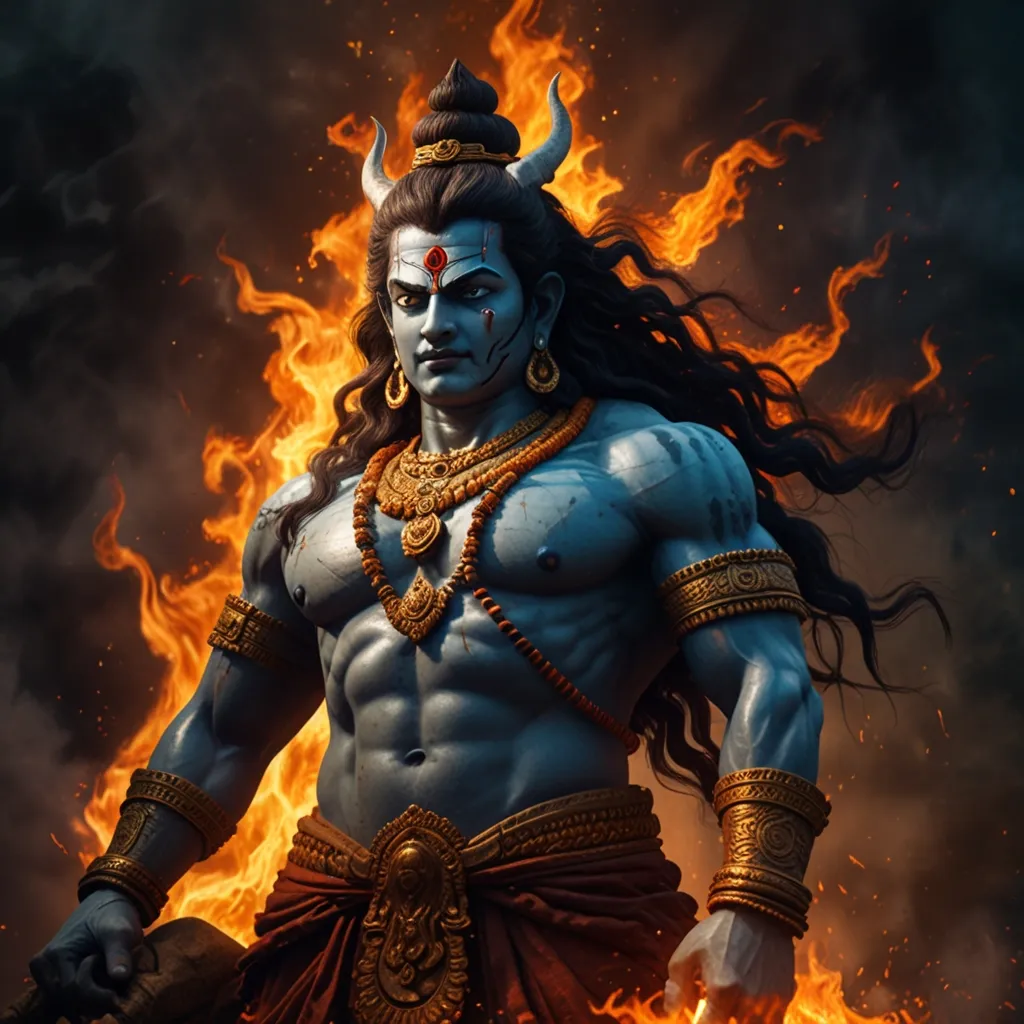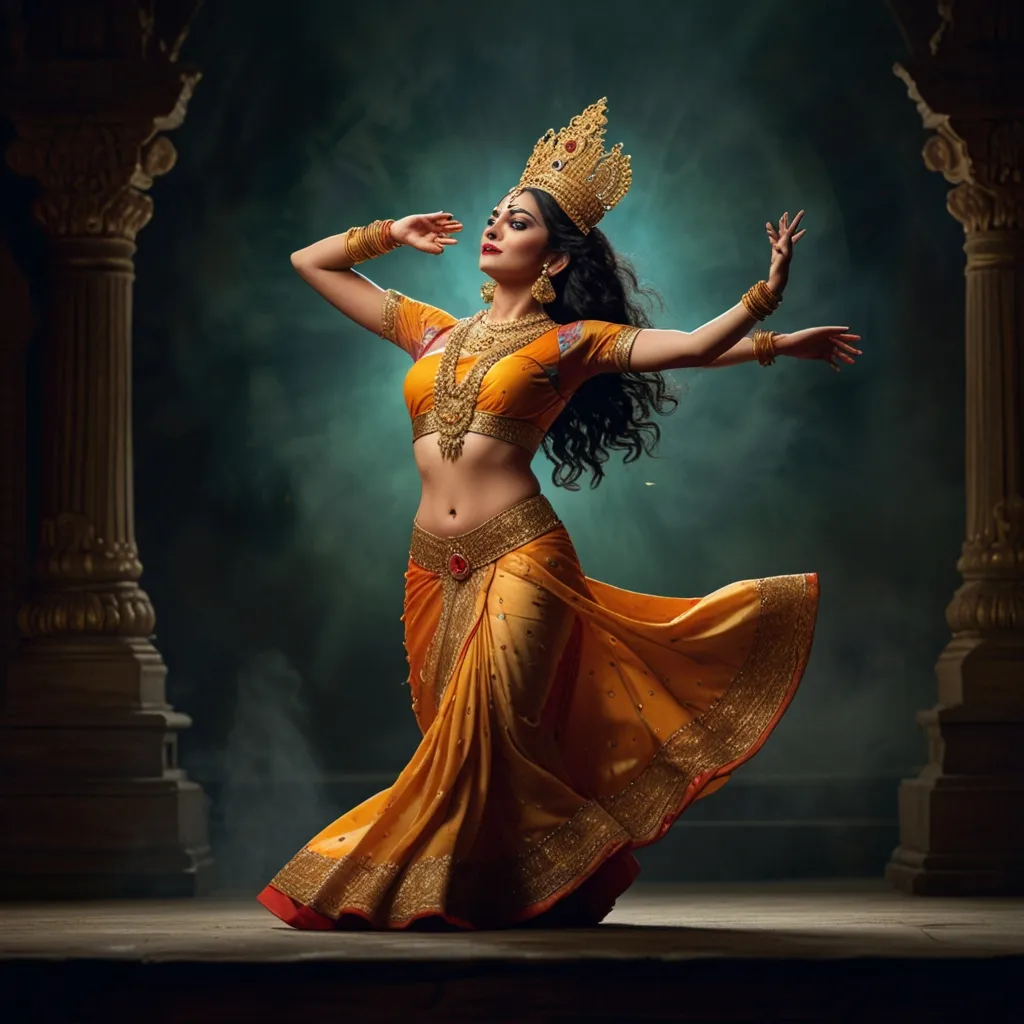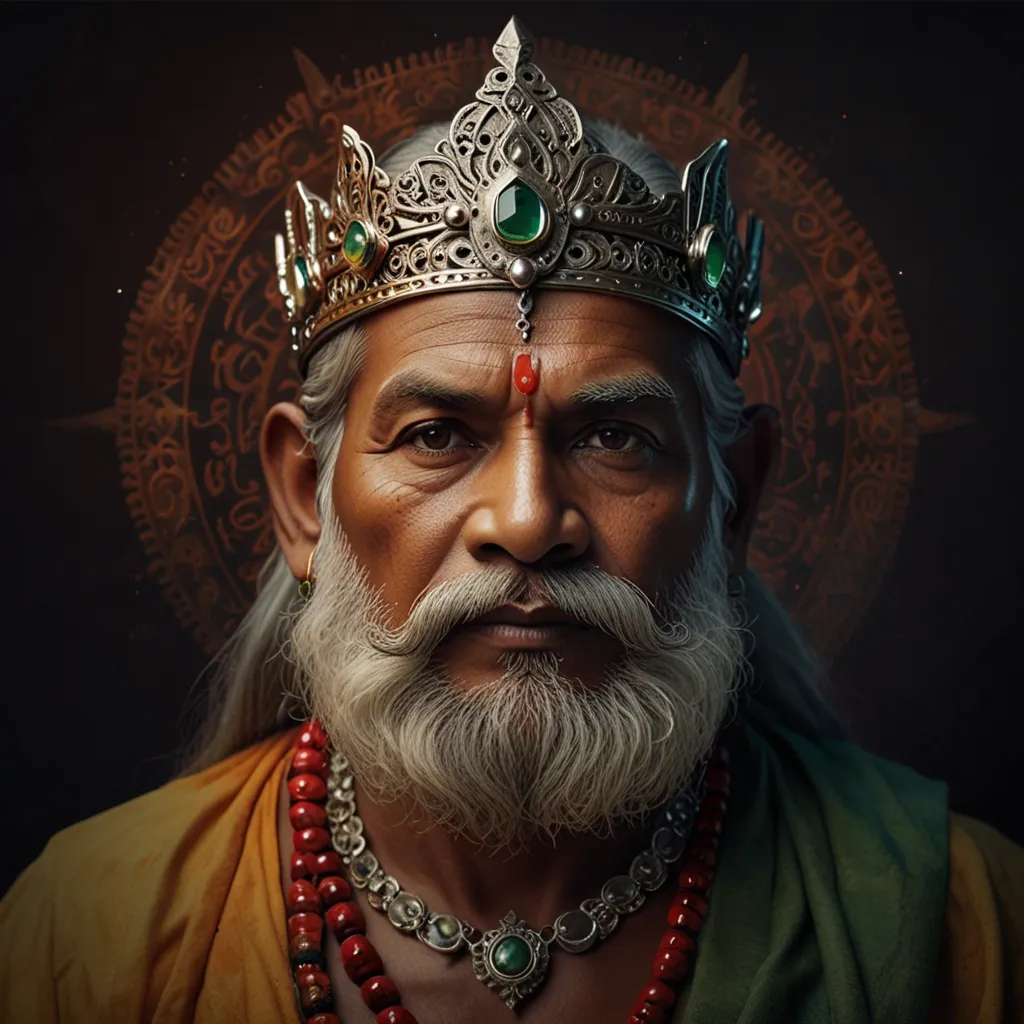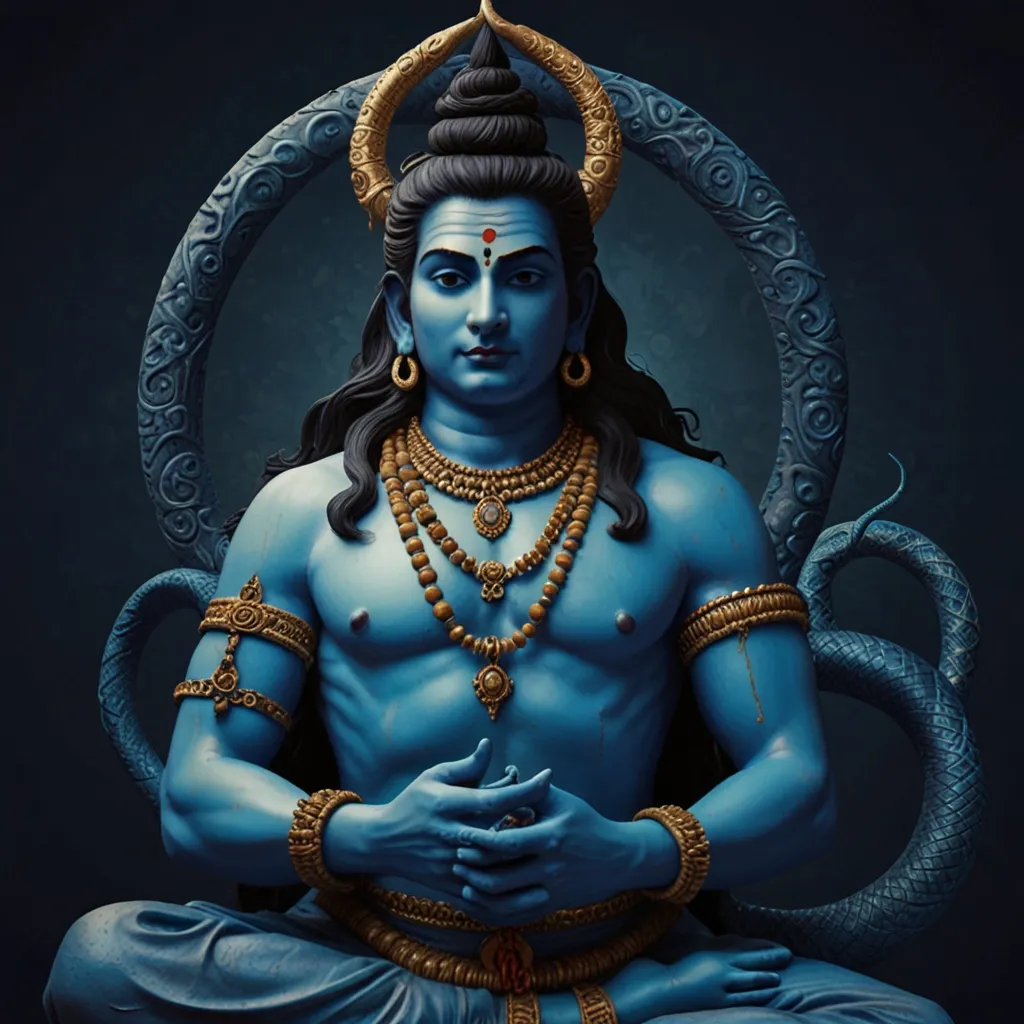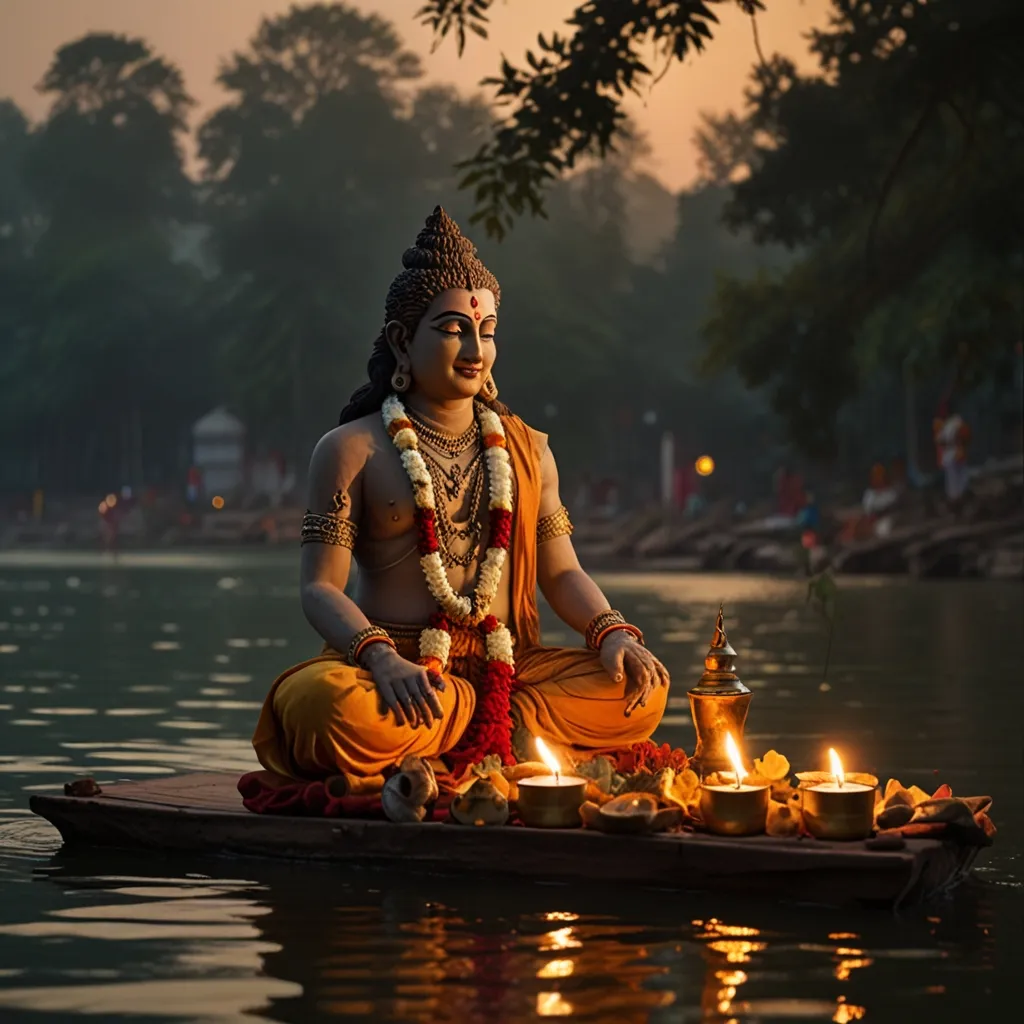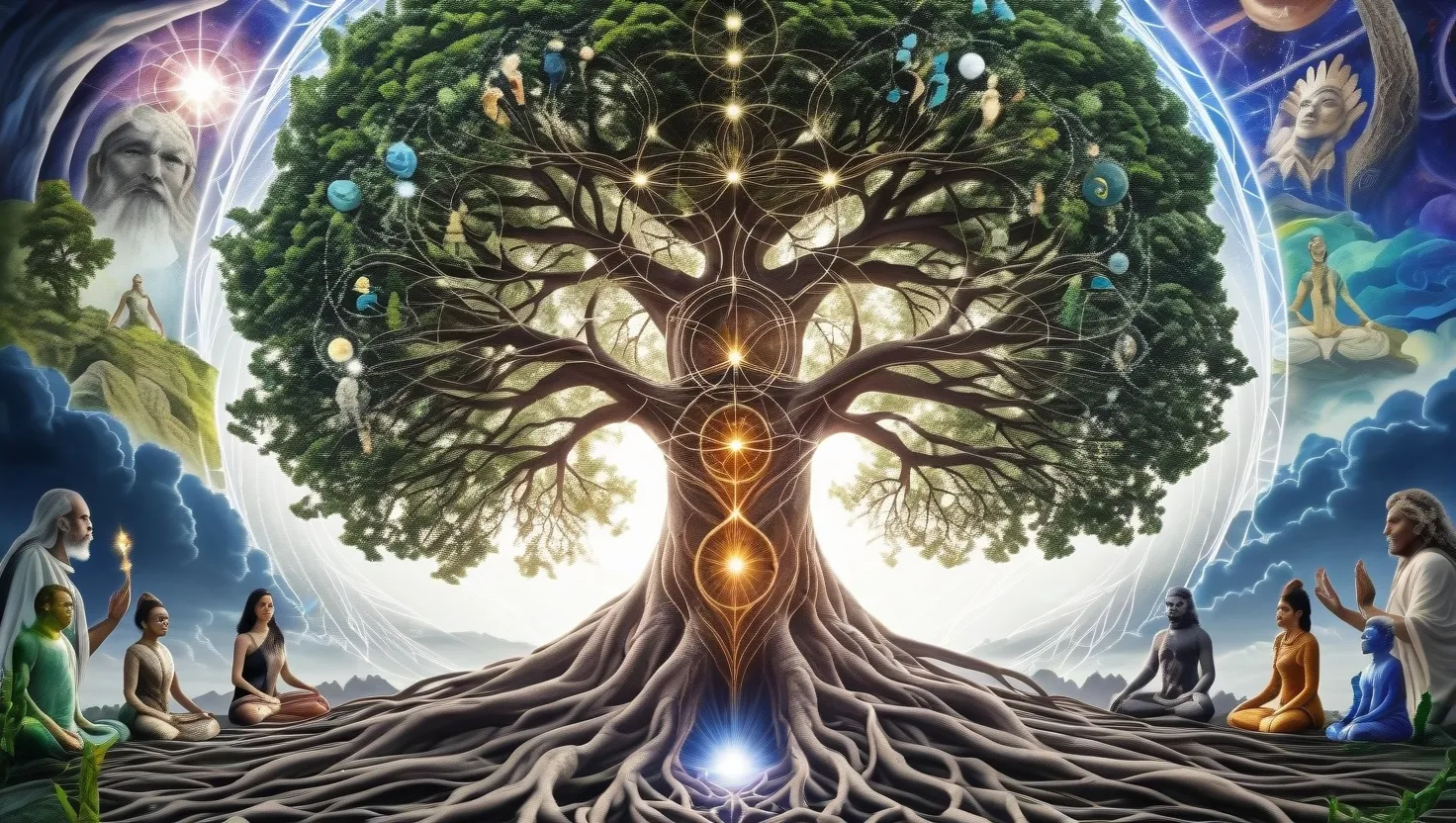In the miles-deep world of Hindu mythology, endless stories paint the sky with vibrant lessons and characters, each bearing its own charm and wisdom. One such tale is that of Veerabhadra, a fiery figure conjured from Lord Shiva’s wrath, a legend that sprouts from the sacred Shiva Purana.
The tale kicks off with the marriage of Lord Shiva to Sati. Sati, the darling daughter of King Daksha, was all heart-eyes for Shiva. But Daksha couldn’t stand their match and was constantly mocking Shiva. Staying true to her devotion, Sati never wavered.
One fine (but eventually disastrous) day, Daksha decided to throw an extravagant yajna (a religious ritual), inviting every deity under the sun except Shiva. Sati, wounded by this blatant snub, decided to show up at the yajna, even though Shiva wasn’t cool with it. Upon arrival, she faced a barrage of disrespect from her father and the guests.
Unable to take the humiliation, Sati sacrificed herself in the sacred fire, sending waves of shock through the cosmos. Shiva, consumed by grief and anger, ripped a lock of his hair and flung it to the ground. From this act of raw emotion emerged Veerabhadra, a colossal being wielding a thousand weapons, born to exact revenge for Sati’s death and to deliver a hard lesson to Daksha.
Veerabhadra, fierce and unstoppable, stormed towards Daksha’s kingdom. The gods and goddesses, realizing the mess they were in, couldn’t escape his fury. Veerabhadra laid waste to the yajna, chopped off Daksha’s head, and scattered the remains of the ritual far and wide.
Shaken and frightened, the gods pleaded with Shiva to bring Daksha back to life. Though his heart was heavy with grief, Shiva agreed and resurrected Daksha. But Shiva replaced his head with that of a goat, a symbol of Daksha’s newfound humility.
The tale of Veerabhadra is a vivid lesson wrapped in divine drama. It highlights the high price of disrespecting the divine and underlines Shiva’s profound love for Sati and his staunch stand for justice. Temples and rituals often recount this epic, reminding everyone of the need for respect and humility.
Veerabhadra stands tall in many Shiva temples, depicted as a warrior of immense might, representing the destructive potential of Shiva’s anger. His legend is a living tale of love’s strength and the stark reality of our actions’ repercussions.
Generations continue to be mesmerized and inspired by Veerabhadra’s story, diving into the rich pool of Hindu mythology to learn about respect, love’s power, and divine wrath.
